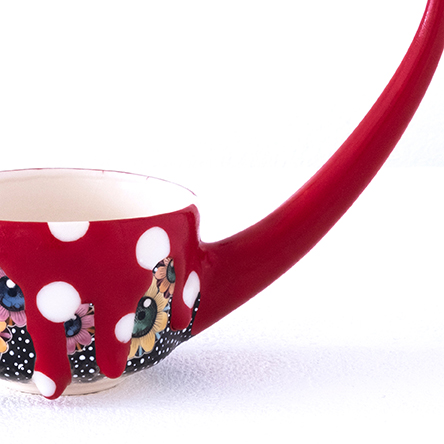Was hier vorgeführt wird, ist Museumspädagogik in derzeit möglicher Vollendung
HIGHTECH TRIFFT AUF LEGENDEN
Spiele das Yokai-Game im Kino, wohne einer traditionellen Teezeremonie bei, entdecke die magischen Fächer, lerne von den Techniken der Ninjas oder teste dein Wissen an 61 Rätselstationen im ganzen Museum. Bestaune alle 30 Minuten die holografischen Pojektionen oder die unglaublichen Details der handgefertigten Originalobjekte. Von der digitalen Tuscheinteraktion, den Drehvitrinen, zahlreichen interaktiven Projektionen, den Touchscreens bis zu den 6 Gigapixelaufnahmen bietet jeder Schritt eine neue Entdeckung.
TICKETS ZUM BESTPREIS
Dynamic pricing bietet dir die bestmöglichen Optionen:
– Online kaufst du immer am günstigsten!
– Frühbucher planen und sparen.
– Unabhängige kaufen das Flexticket.
Skip the line mit deinem QR Code am Smartphone.
Führungen können als Zusatzoption gebucht werden. Dauer: 60 Minuten.
Familientickets, Kataloge und vieles mehr findest du im Onlineshop.
Tickets mit Ermäßigung bei der Kasse inklusive Berechtigung vorweisen.
Wir freuen uns auf deinen Besuch!
PLANE DEINEN BESUCH
SAMURAI MUSEUM
Auguststraße 68
10117 Berlin
Anfahrt
Du findest uns im pulsierenden Galerienviertel von Mitte. Die Museumsinsel, die Hackeschen Höfe und der Alexanderplatz befinden sich in unserer Nachbarschaft.
Weitere Informationen zum Museumsbesuch:
SAMURAI NEWS
Bewertungen

Galerie
Sonderausstellung
EPHEMERA
13.03.24 – 30.06.24
